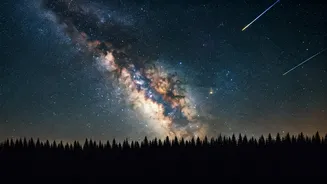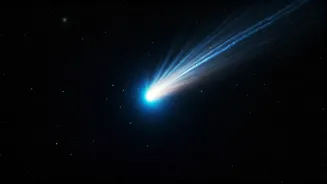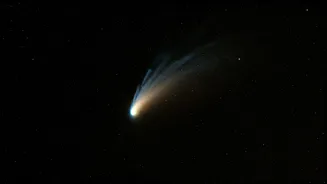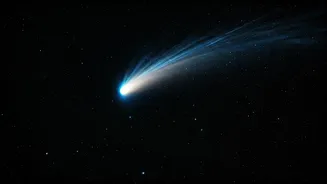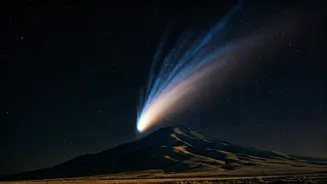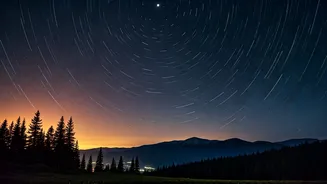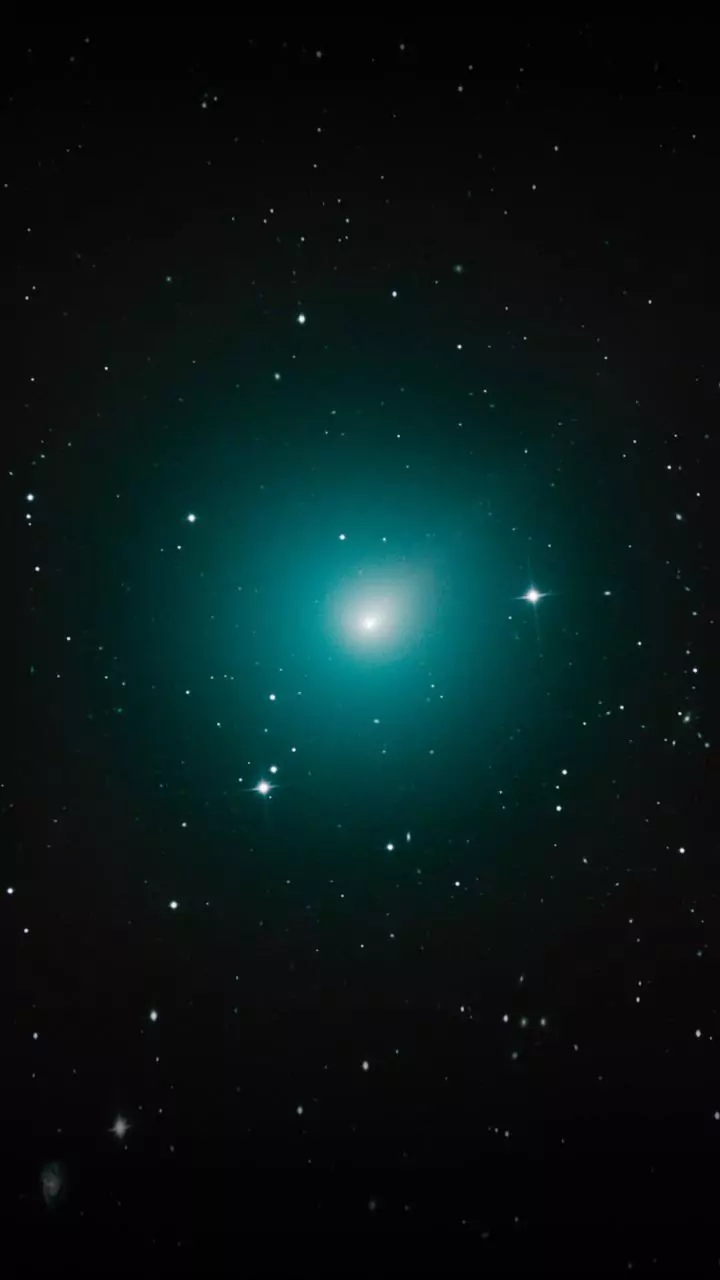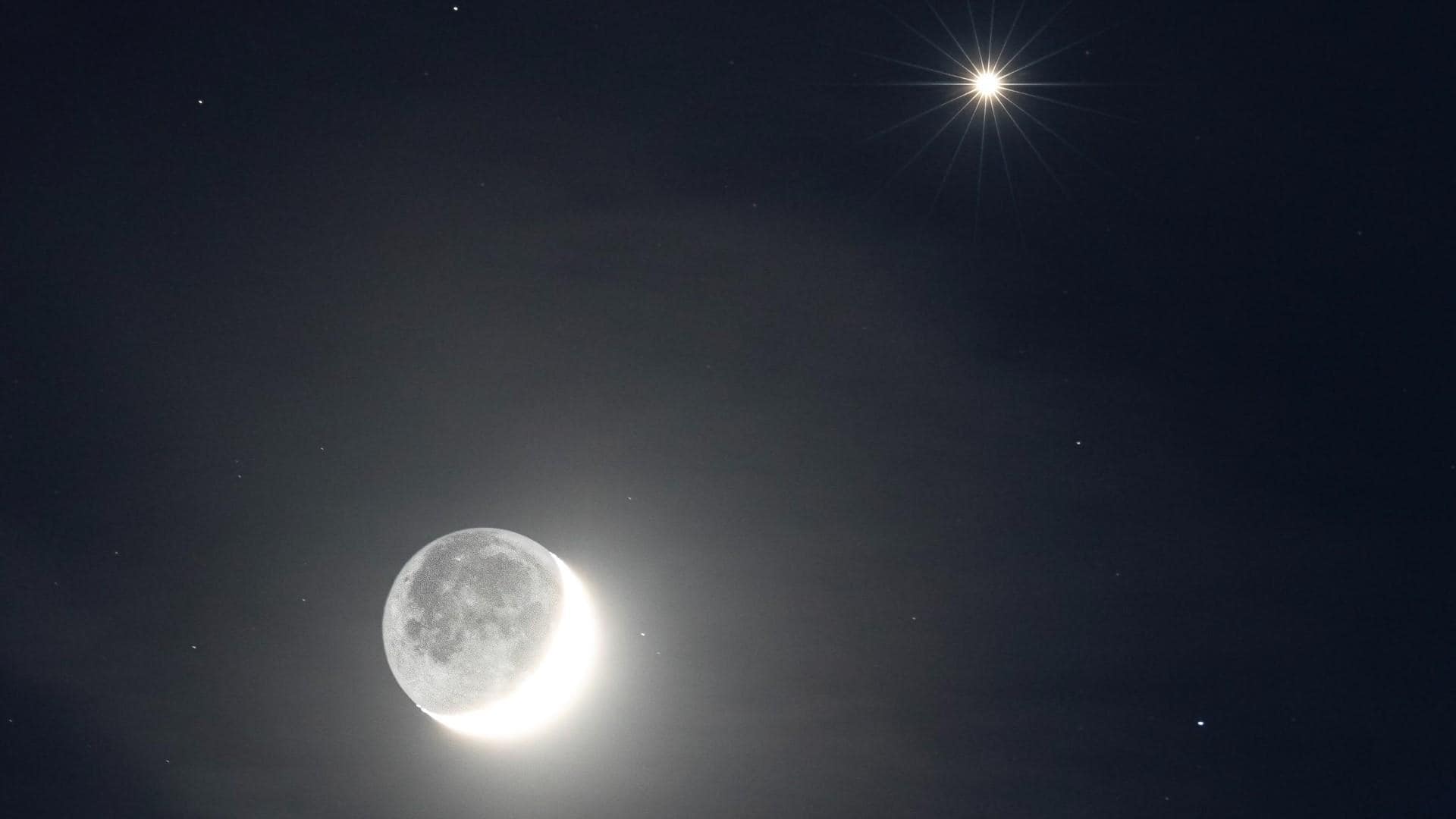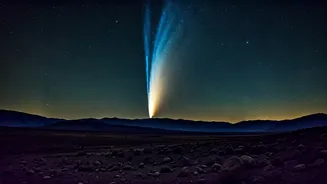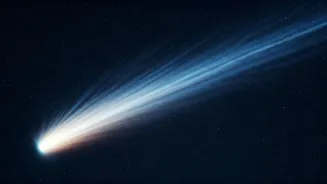Perseid Meteor Shower
The Perseid meteor shower, a highlight of the year, was expected to peak from August 12-13, 2025. This shower, known for its high rates of meteors, occurs
as Earth passes through the debris left by Comet Swift-Tuttle. Observers could anticipate a dazzling display of shooting stars radiating from the constellation Perseus. The best viewing time would be in the predawn hours when the radiant point is high in the sky. It's recommended to find a location away from city lights, allowing for the darkest possible viewing conditions. Although the presence of the moon might have affected the visibility, it remained a highly anticipated event for stargazers.
Orionid Meteor Shower
The Orionid meteor shower, associated with Halley's Comet, was scheduled to peak in October 2025. This shower offered stunning views under dark, moonless skies, making it a prime opportunity for meteor hunters. The Orionids are known for their speed and brightness, often leaving persistent trains. The radiant point is located in the constellation Orion, a recognizable constellation. Observing the Orionids required patience and a clear sky, as the meteors appear in all parts of the sky. This shower provided an excellent chance to witness shooting stars created from remnants of Halley's Comet, a celestial event eagerly awaited by astronomy enthusiasts.
Taurid Meteor Shower
The Taurid meteor shower, which had already begun as of the provided context, was expected to continue generating dramatic fireballs throughout the coming weeks. The Taurids are known for their slow-moving and bright meteors, sometimes appearing as fireballs. This shower originates from debris left by Comet Encke. The shower is divided into two branches, the North and South Taurids, providing a longer period of activity. To observe the Taurids, it was recommended to look towards the constellation Taurus. Observing this shower offered a unique chance to witness exceptionally bright meteors, adding to the spectacle of 2025's celestial events.
Delta Aurigids Shower
The Delta Aurigid meteor shower was expected to peak overnight on August 31, 2025. Although not as prolific as some other showers, the Delta Aurigids were still worth observing for dedicated meteor watchers. The radiant point for this shower is in the constellation Auriga. Like other meteor showers, observing this one required clear skies and a viewing location away from light pollution. While individual meteor rates might not be high, the possibility of spotting a rare meteor made it an exciting event. This shower served as a reminder of the continuous activity in the Earth's orbit, even during times of low meteor activity.
Comet C/2025 R2 (SWAN)
Comet C/2025 R2 (SWAN) presented an exciting possibility for skywatchers in October 2025. This comet could potentially become visible to the naked eye. Comet SWAN's appearance and brightness were, of course, subject to the comet's orbit and its interaction with the sun. If it became bright enough, this event would have provided a rare opportunity to see a comet without the aid of binoculars or a telescope. Careful observation of the night sky would be crucial to spot it. Following updates from astronomical sources was suggested to increase the likelihood of catching a glimpse of this celestial visitor.
Other Autumn Events
Autumn 2025 presented various other celestial targets for viewers. While meteor showers and comets are captivating, other interesting phenomena provided additional opportunities. These included the chance to observe the half-lit moon, Orion, and various satellites streaking across the sky. The season's earlier sunsets and longer nights made it convenient for observations. This period offered a richer experience, providing stargazers with a diverse array of objects to appreciate. These events highlighted the dynamism and beauty of the cosmos, encouraging enthusiasts to explore the night sky.
